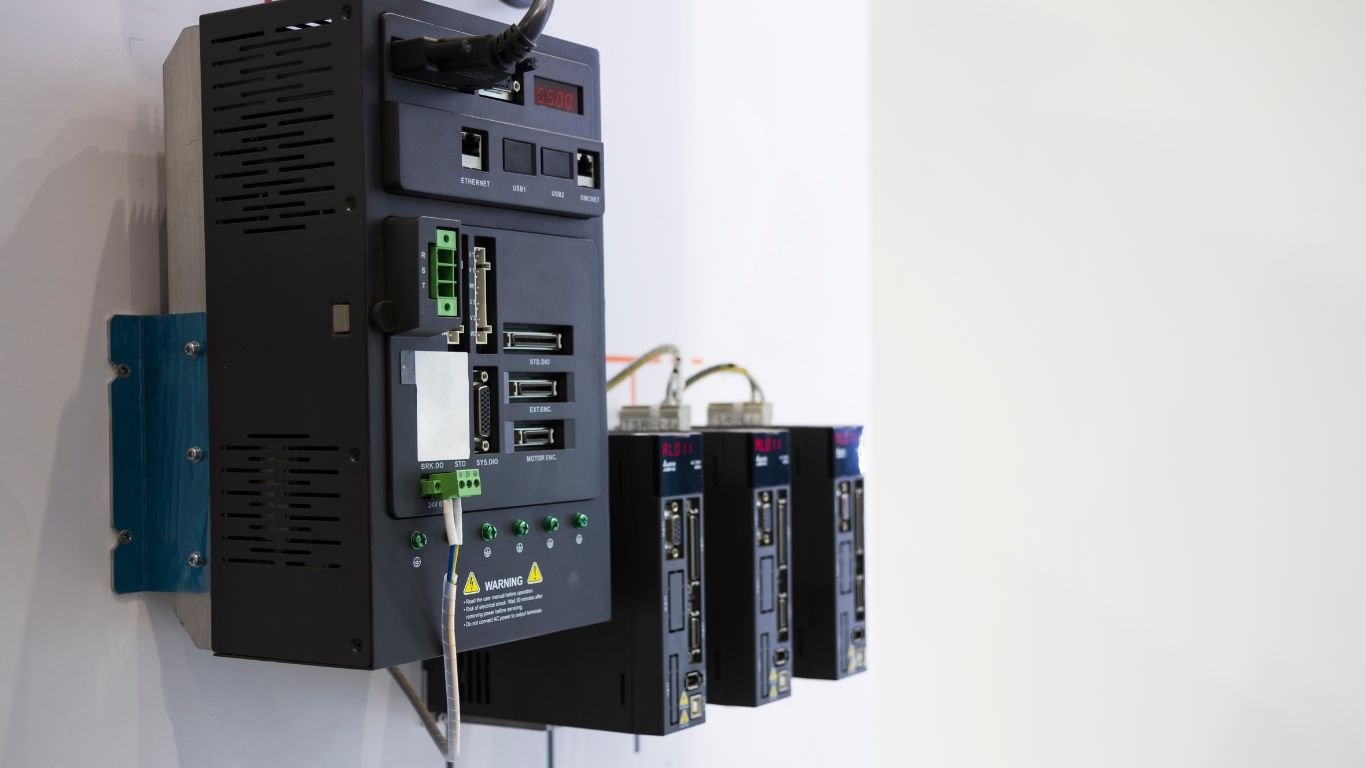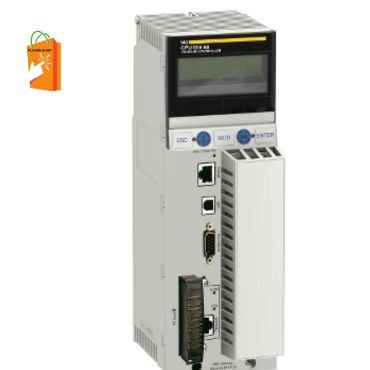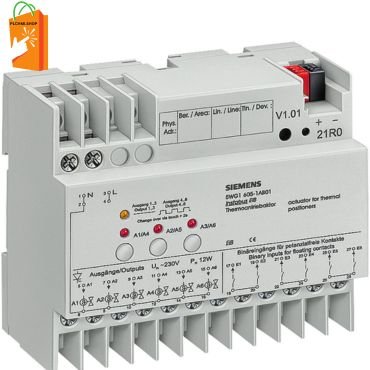The Modicon 984 family of PLCs brings high performance, application flexibility, and programming compatibility to the small controller market. As a member of the 984 family, the Compact Controllers implement a common instruction set for developing user logic, standard Modbus communication functionality, and optional Modbus Plus communication capabilities.
Key Features of Modicon 984 Compact Controllers
The Compact Controllers share the following 984 processing architecture features:
- Memory Section: Stores user logic, state RAM, and system overhead in battery-backed CMOS RAM. The system’s Executive firmware is held in nonvolatile PROM or FLASH RAM.
- CPU Section: Solves the user logic program based on current input values in state RAM, then updates the output values in state RAM.
- I/O Processing Section: Directs the flow of signals from input modules to state RAM and provides a path over which output signals from the CPU’s logic solve are sent to the output modules.
- Communications Section: Provides one or more port interfaces, allowing the controller to communicate with programming panels, host computers, hand-held diagnostic tools, and other master devices, as well as with additional controllers and other nodes on a Modbus or Modbus Plus network.
Architectural Consistency and Compatibility
This architectural consistency allows the Modicon 984 family of PLCs to achieve machine compatibility with other controllers in the family. Sequences of user logic created on a mid-range or high-performance controller, such as a 984B or a 984-685 Controller, can be easily relocated to a Compact. Furthermore, user logic generated for this small controller is upwardly compatible with larger 984 controllers, ensuring seamless integration into a multi-controller network.
Benefits of Choosing Modicon 984 Compact Controllers
Choosing Modicon 984 Compact Controllers offers several benefits:
- High Performance: Compact yet powerful, these controllers meet the demands of complex applications.
- Flexibility: Easily adaptable to various application needs and scalable across different controller sizes.
- Ease of Integration: Compatible with existing systems, ensuring minimal disruption during upgrades or expansions.
- Enhanced Communication: Supports standard Modbus and optional Modbus Plus, facilitating robust and reliable communication networks.
Why Modicon 984 Family?
The Modicon 984 family is renowned for its reliability and efficiency in industrial automation. The Compact Controllers are ideal for users seeking a balance of performance and cost-effectiveness in a small form factor. Their ability to seamlessly integrate with other controllers in the family makes them a versatile choice for expanding and upgrading automation systems.
Contact Us
For more detailed information on Modicon 984 Compact Controllers and how they can benefit your automation needs, please visit our website, call us at +1-416-840-4997, or email us at sales@plchmi.shp. Our team is ready to assist you with any queries and provide you with the best solutions tailored to your requirements.
By focusing on these features and benefits, you can ensure that your industrial automation systems are efficient, reliable, and future-proof with the Modicon 984 family of PLCs.



